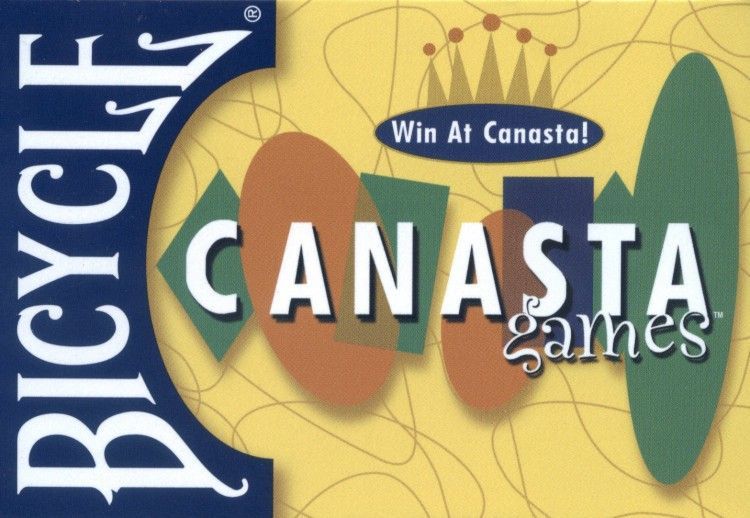Canasta (1939) Board Game
Canasta is a card game that was invented in Uruguay in 1939 and quickly spread to other countries, becoming a popular game in the United States in the 1950s. The game is known for its unique blend of strategy and luck, making it a favorite among card game enthusiasts.
Game Components of Canasta
How To Setup Canasta
To set up Canasta, the initial dealer is chosen by any common method. The dealer shuffles the pack, and the player to the dealer’s right cuts it. Each player is dealt 11 cards, with the remaining cards left in a stack as the stock. The top card of the stock is turned up to start the discard pile. If this card is wild or a red 3, it is rotated 90 degrees, and another card is turned up until a natural card or black 3 is exposed. Players who receive red 3s must play them face up immediately and draw replacement cards.
Gameplay Mechanics and Game Objective
Player Experience
Canasta is known for its engaging and tactical gameplay, blending elements of Bridge and Rummy. It is typically played by four players in two partnerships, although variations for two, three, and six players exist. The game requires strategic thinking and partnership communication to maximize melds and canastas. The dynamic nature of the game, with its use of wild cards and defensive strategies, keeps players invested and entertained.
Pros
Cons
Personal Thoughts on Canasta
Canasta is ideal for card game enthusiasts and those who enjoy strategic, interactive games. It is particularly suited for players who appreciate the combination of luck and strategy, as well as those who enjoy playing in partnerships. While it may have seen a decline in popularity since its peak in the 1950s, Canasta remains a favorite among many card game aficionados and is a great option for those looking to engage in a more complex and engaging card game.
We are supported by our audience. When you purchase through links on our site, we may earn an affiliate commission, at no extra cost for you. Learn more.

